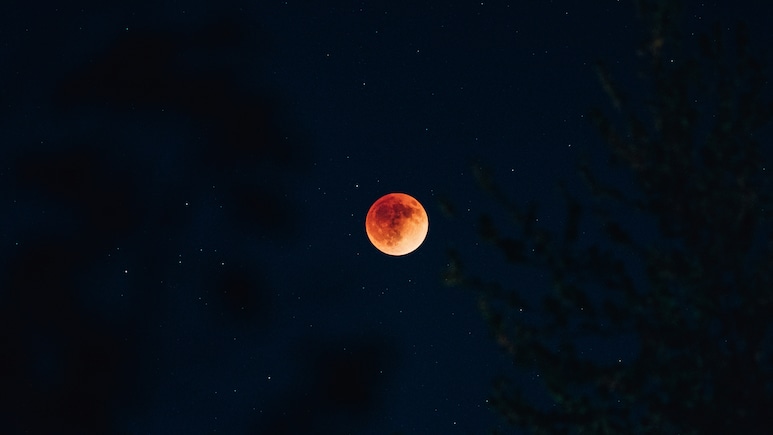
- Visible across Asia, Australia, Africa, and Europe, seen by 87% of global population
- A total lunar eclipse occurs when Earth fully blocks sunlight reaching the Moon
- The red colour is caused by Earth's atmosphere bending red light onto the Moon's surface
Skywatchers around the world will see the Moon turn red during a total lunar eclipse on September 7-8. The Blood Moon occurs when Earth blocks sunlight from reaching the Moon, with the red colour caused by light bending through Earth's atmosphere.
Blood Moon On September 7
This eclipse will last about 82 minutes, making it one of the longest in recent years. The event will be visible across Asia, Australia, Africa, and Europe, with nearly 87 per cent of the global population able to see at least part of it.
Unlike solar eclipses, a lunar eclipse is safe to view with the naked eye.
What Is A Total Lunar Eclipse?
A total lunar eclipse occurs when Earth comes directly between the Sun and the Moon, casting the Moon fully into Earth's shadow.
The Moon passes through the umbra, the darkest part of the shadow, while moving through the penumbra, the lighter outer shadow, causes a subtle dimming before and after totality.
Why The Moon Turns Red
The Moon turns red during a total lunar eclipse because of Rayleigh scattering, the same effect that makes sunrises and sunsets appear red, according to Space.com.
During a total lunar eclipse, Earth blocks direct sunlight from reaching the Moon. Some light passes through Earth's atmosphere, where shorter blue and violet wavelengths are scattered, leaving longer red and orange wavelengths. This red light is bent toward the Moon, giving it a reddish appearance, as per Time and Date.
The Moon's red shade can vary based on dust, clouds, or volcanic ash in Earth's atmosphere, which can intensify the scattering effect and deepen the colour. This red appearance is known as a "Blood Moon," according to NASA.
Track Latest News Live on NDTV.com and get news updates from India and around the world

